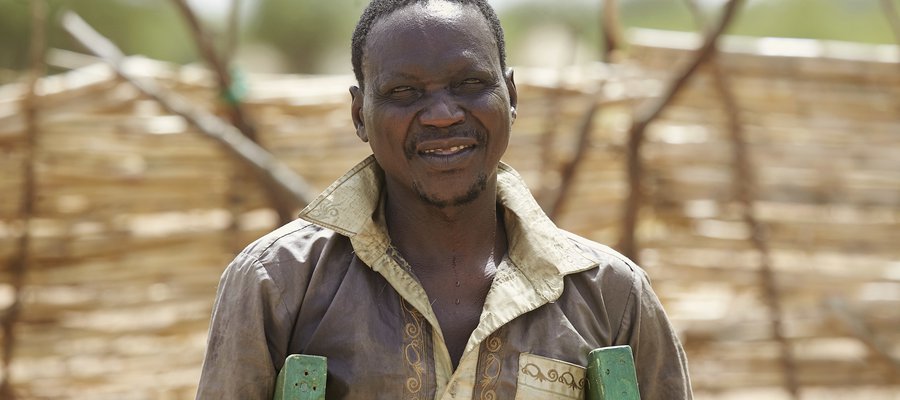Why do people hide their leprosy symptoms and what does this mean for them?

Stigma surrounding leprosy is present in many communities
Leprosy is a disease that carries huge amounts of stigma with it. Sometimes this is because the disease is seen to be a curse, sometimes this is because the disease is considered to be highly contagious, and sometimes it is because there is a lot of fear surrounding the disabilities that leprosy causes, such as severe damage to the hands, feet, and eyes.
Because of these perceptions surrounding leprosy, people who are affected by the disease are far too often kicked out of family homes and communities. They are forced to live apart from everyone else on the streets, or in caves, or sheds. In some of the worst situations, small children are hidden away for years.
Even in communities worldwide where there is no leprosy, people use hateful terms like ‘leper’ and make the disease synonymous with being undesirable. Often we don’t realise the harm this language could have when it echoes around online, on TV, and in other art forms and reaches communities where people live with the disease.
In that context, it is easy to understand why people would be afraid of being diagnosed with leprosy, why they would hide their symptoms and avoid medical treatment. Who wants to be diagnosed with a disease that comes with all that baggage?
Avoiding treatment causes terrible harm
Leprosy is a disease that is curable with free medication, known as multi-drug therapy (MDT). If a person begins taking MDT soon after they notice the first signs of the disease, their risk of developing life-long disabilities as a result of the disease is minimal.
Sadly, if a person hides their symptoms and avoids medical treatment, they dramatically increase the likelihoods that leprosy will attack the nerves around their elbows, knees, and eyes. This nerve damage can cause severe life-limiting disabilities. Fear of the disease and the disabilities it causes often prompts a desire to hide the symptoms, which only increases the chances that their fears will become reality.
Only one in 10 persons affected by leprosy are ever infectious and once they have been taking MDT for 72 hours, even that one in 10 will no longer be infectious. Finding and treating all cases of leprosy will help us to end the disease for good, something we believe is achievable by the year 2035.
We can end the problem of stigma and defeat leprosy
Leprosy stigma is caused when people do not have the important facts. More people will come forward for treatment when knowledge of leprosy is greater and stigma is reduced. So that is why it is important to share these facts.
For example, leprosy is NOT a curse. It is caused by a bacteria, just like so many diseases across the world. As well as this, leprosy is NOT highly contagious; it is a mildly infectious disease that 95 percent of the population are immune to. Further to this, it is a disease that is easy to treat with free medication.
Our teams are working hard to share these messages in leprosy-affected communities. If you are in a leprosy-affected community, please do what you can to share these messages, too.
Education and stigma reduction play a crucial role in our efforts to defeat this disease once and for all.